Tashkent is an interesting city, one that changes ever so rapidly these days. Construction is the name of the game here, that and a lot of armed police officers and some other security details running around town to make sure all is running as it should, I guess. It is a tad too much for my taste, both the construction and the surveillance, but it is what it is. At least it means that the city is one of the safest I have seen so far, but do be reminded that you cannot even use any of your favourite VPNs here… So, there are some pros, and many cons. With that being said, let us jump straight to the streets of modern Tashkent, and try and see as much of it as we can.
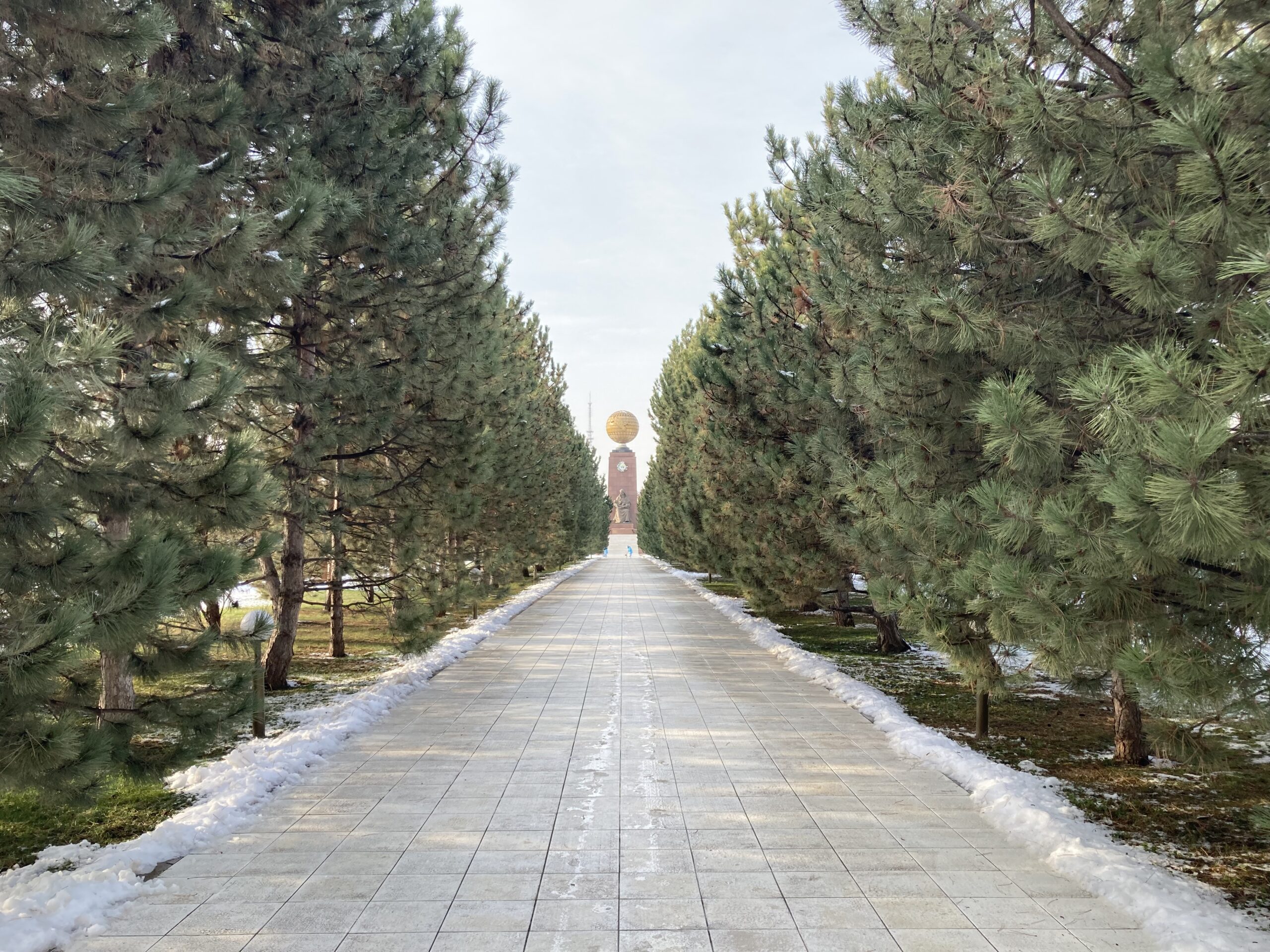
Try is all we can do sometimes, because for some places like the ironically named Independence Square, you are likely not be allowed to venture in all that easily. Despite visiting it many times, it was cordoned off by military men and police officers every single time, not allowing anyone to pass, bar the cleaning ladies. I am not sure if this is business as usual but it sure was not the best welcome to Tashkent for me.
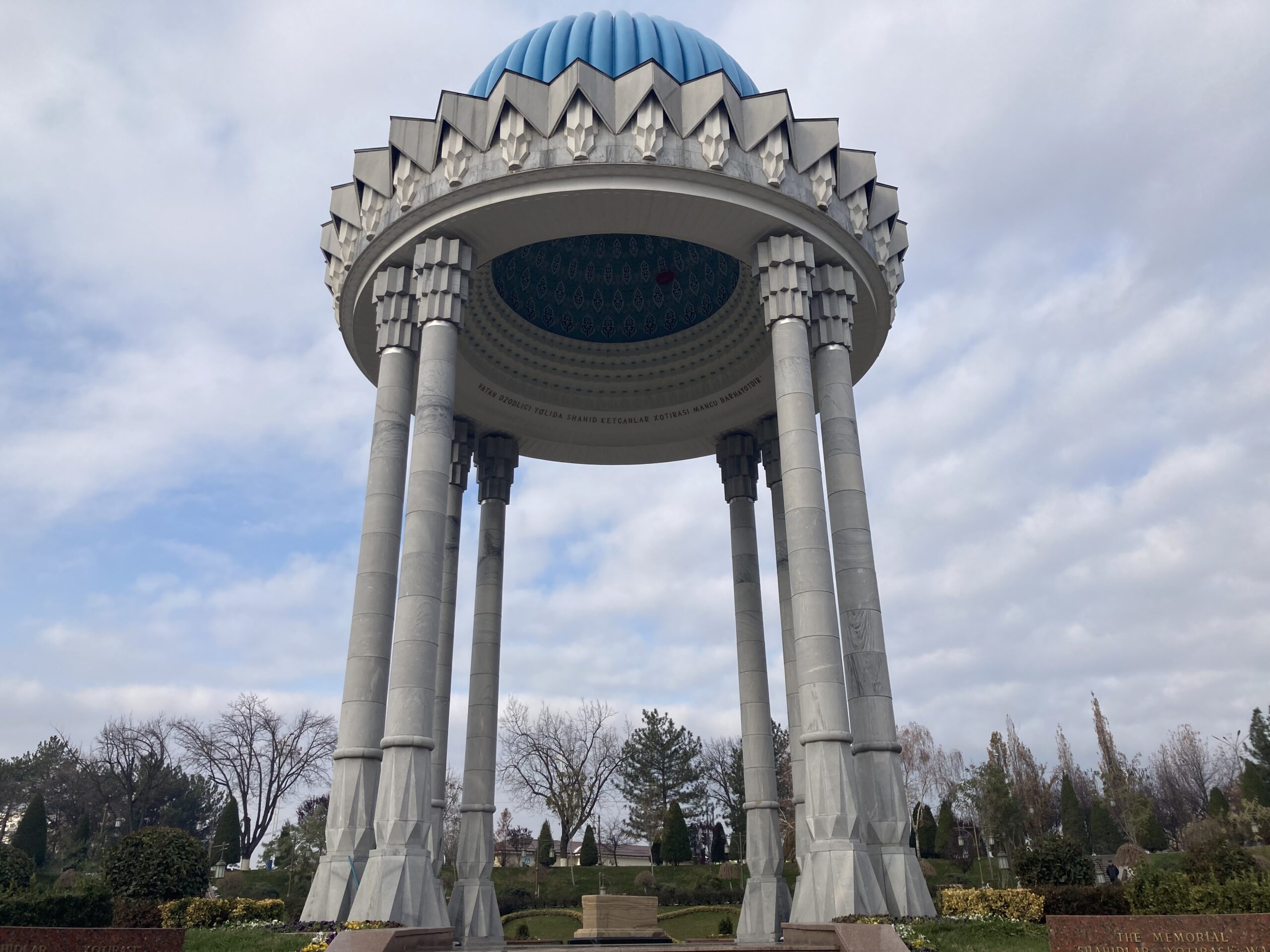
Thankfully, there are some other newly built monuments around town that you can visit freely, like this one dedicated to the political repression of the Soviet period. I guess there is a reason why it is open to public, the whole idea is that more should visit and see it, to not forget the more problematic parts of the Soviet rule in the region.
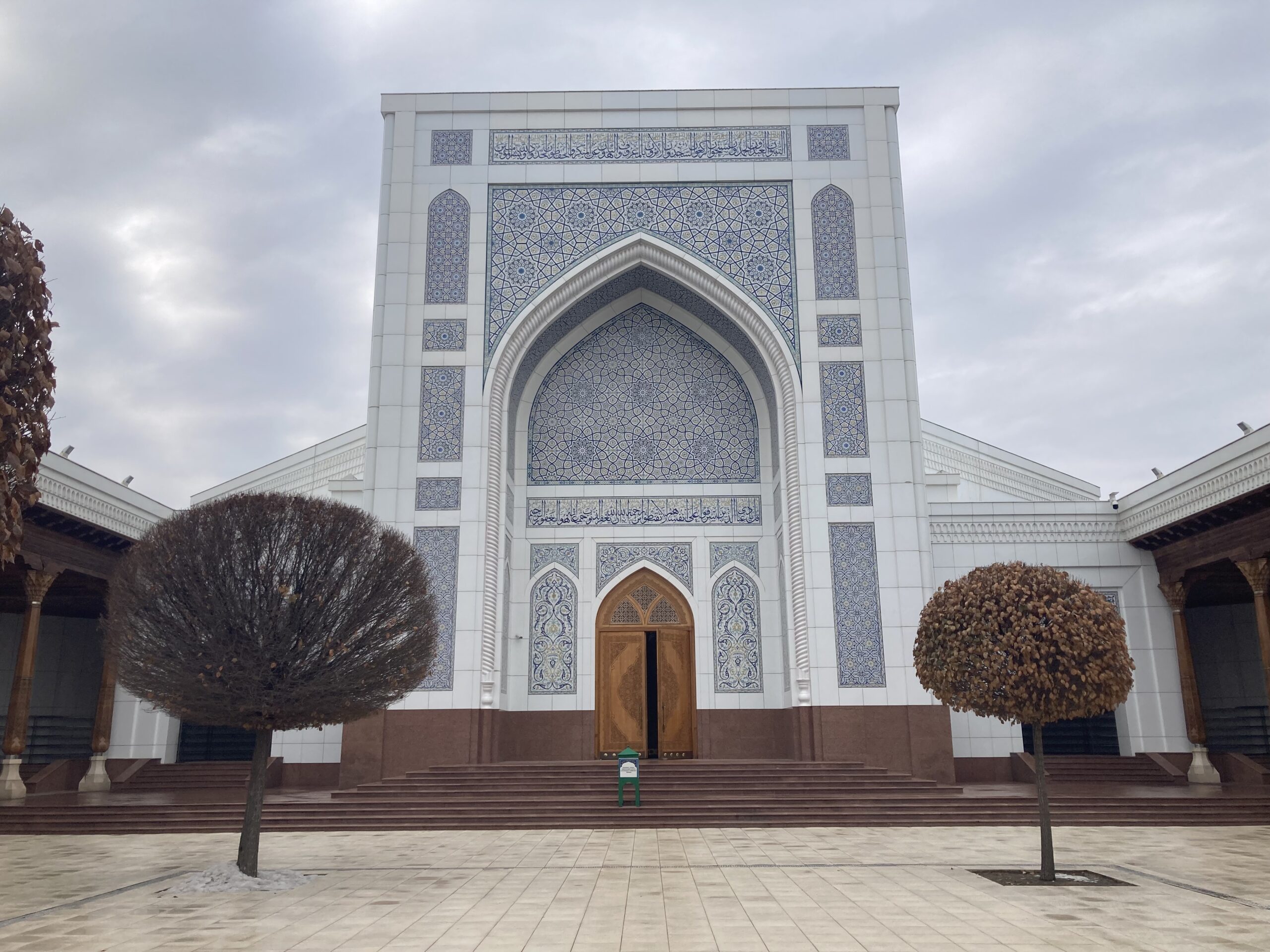
There are also many newly built mosques, which sort of clashes with the prevalent idea that the government in Uzbekistan is a rather Islamophobic one. I think words like that are best used sparingly these days, as being against Islamic extremism is not the same as standing against the religion or its adherents. This Minor Mosque is as beautiful as it is empty though, which makes one questions the appropriateness of these investments, as I often do back home in Turkey.

Alisher Navoi’s statues adorn most corners of modern Tashkent, as he is one of the most famous poets of 15th century, used to bring people together and reinforce a unitary Uzbek identity through his beautiful poetry today.
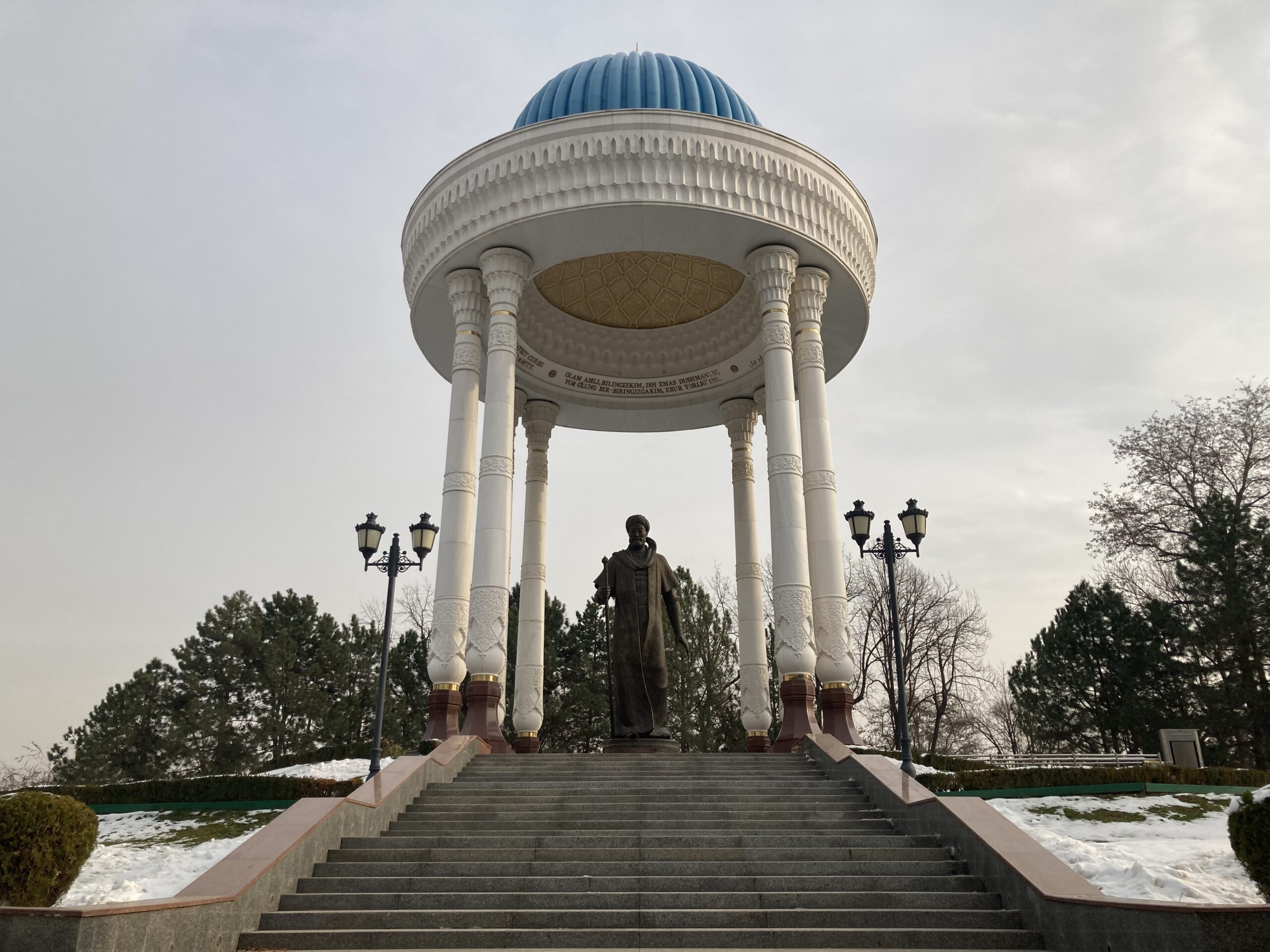
His statues are, in fact, truly all around. Most parks seem to have one, as well as most campuses and some relevant governmental organizations. His figure can be compared to that of Pushkin in many Russian towns, though his presence seems almost a bit overbearing at times.
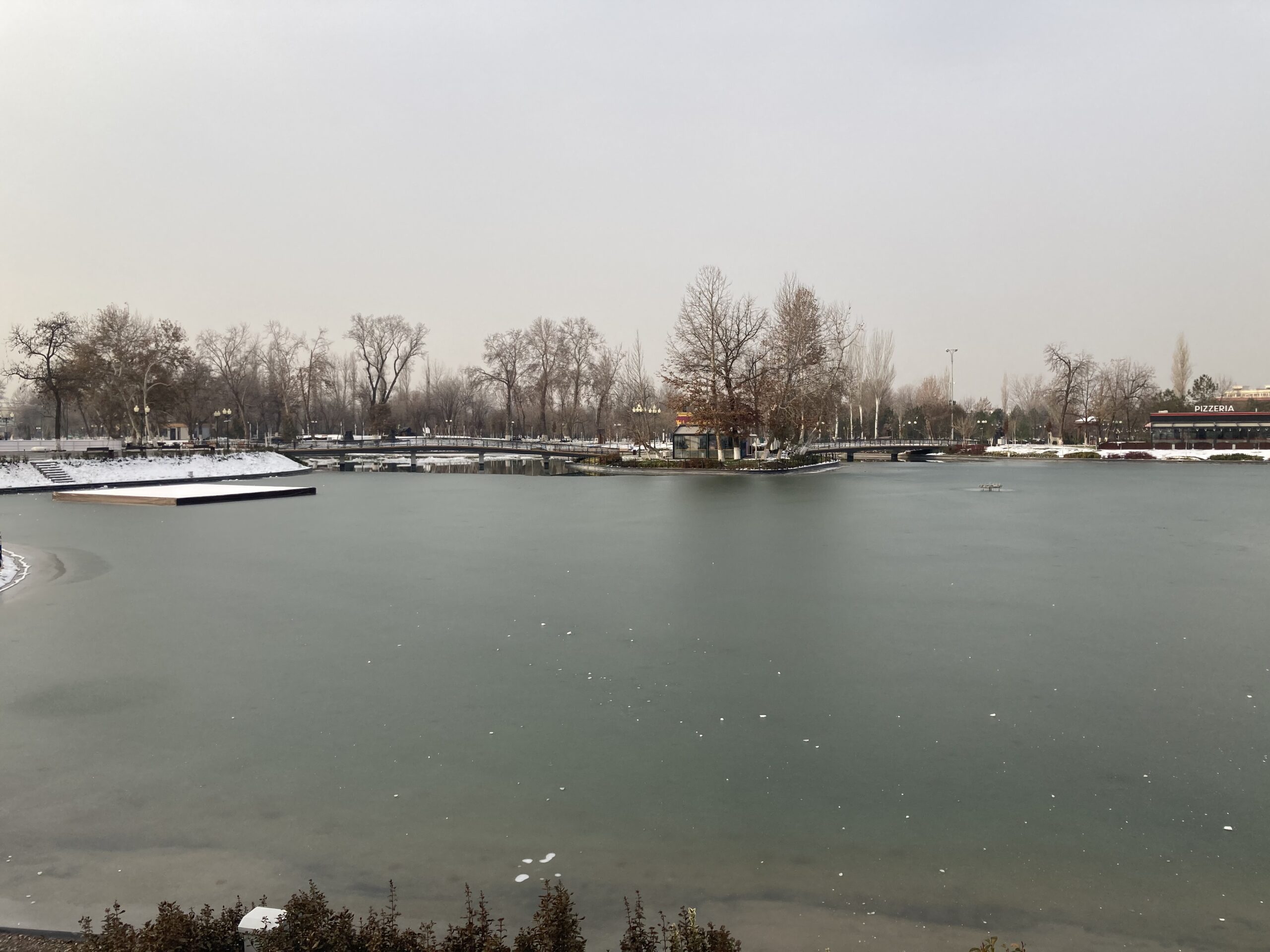
Speaking of parks, there are some superb ones in Tashkent today. I am not entirely sure how many of these are new, as many may date back to when Soviet Union was still a thing. With that being said, they sure are modernized in more than one way, being outfitted with some of the finest Turkish eateries and Italian pizzerias available in town.
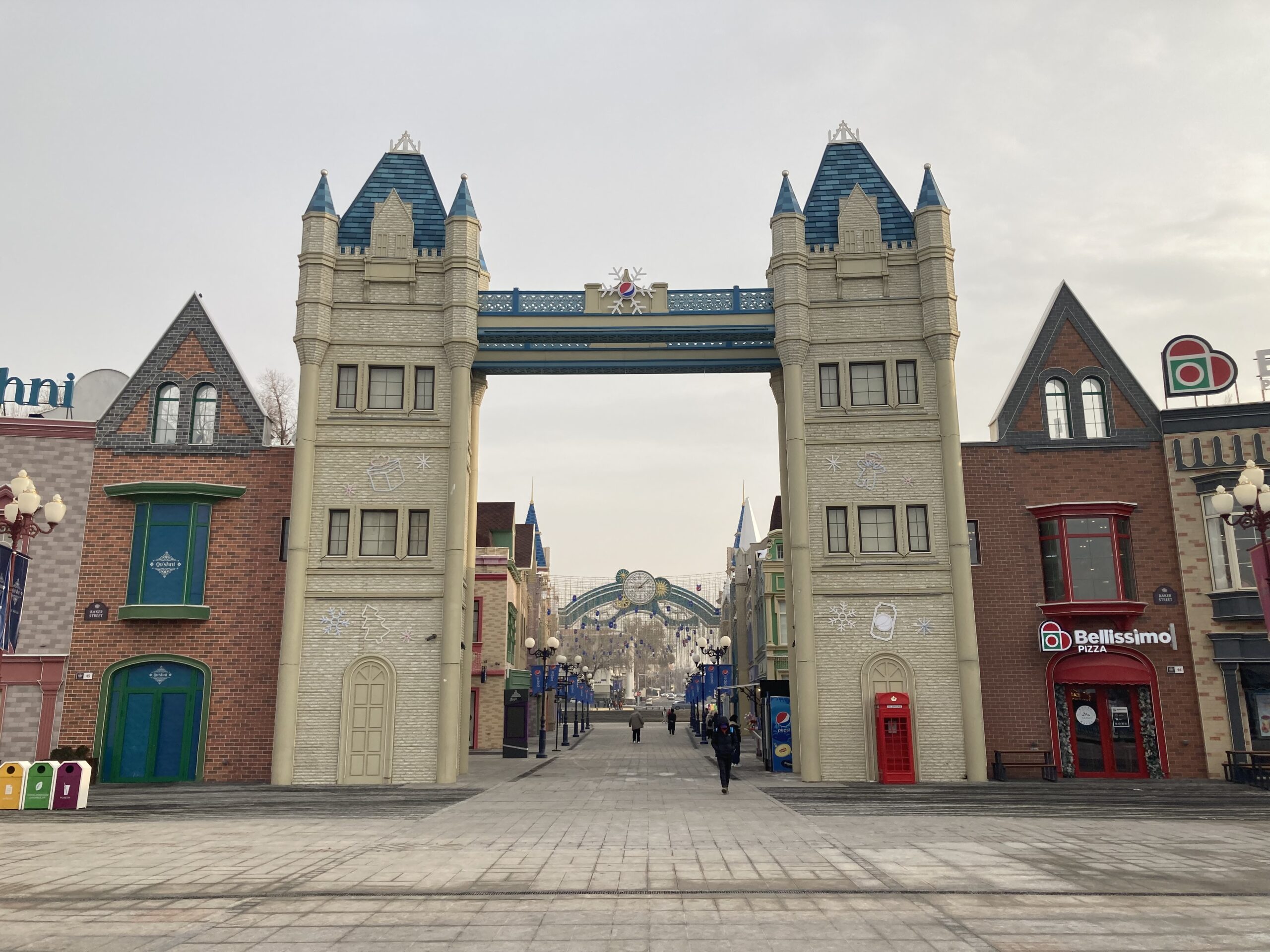
Newly built amusement parks and entertainment centres, as well as your standards shopping malls are spread all around Tashkent as well. This is the entry to the so-called Magic Park, a rather large space with some interesting buildings representing many different styles from around the world.
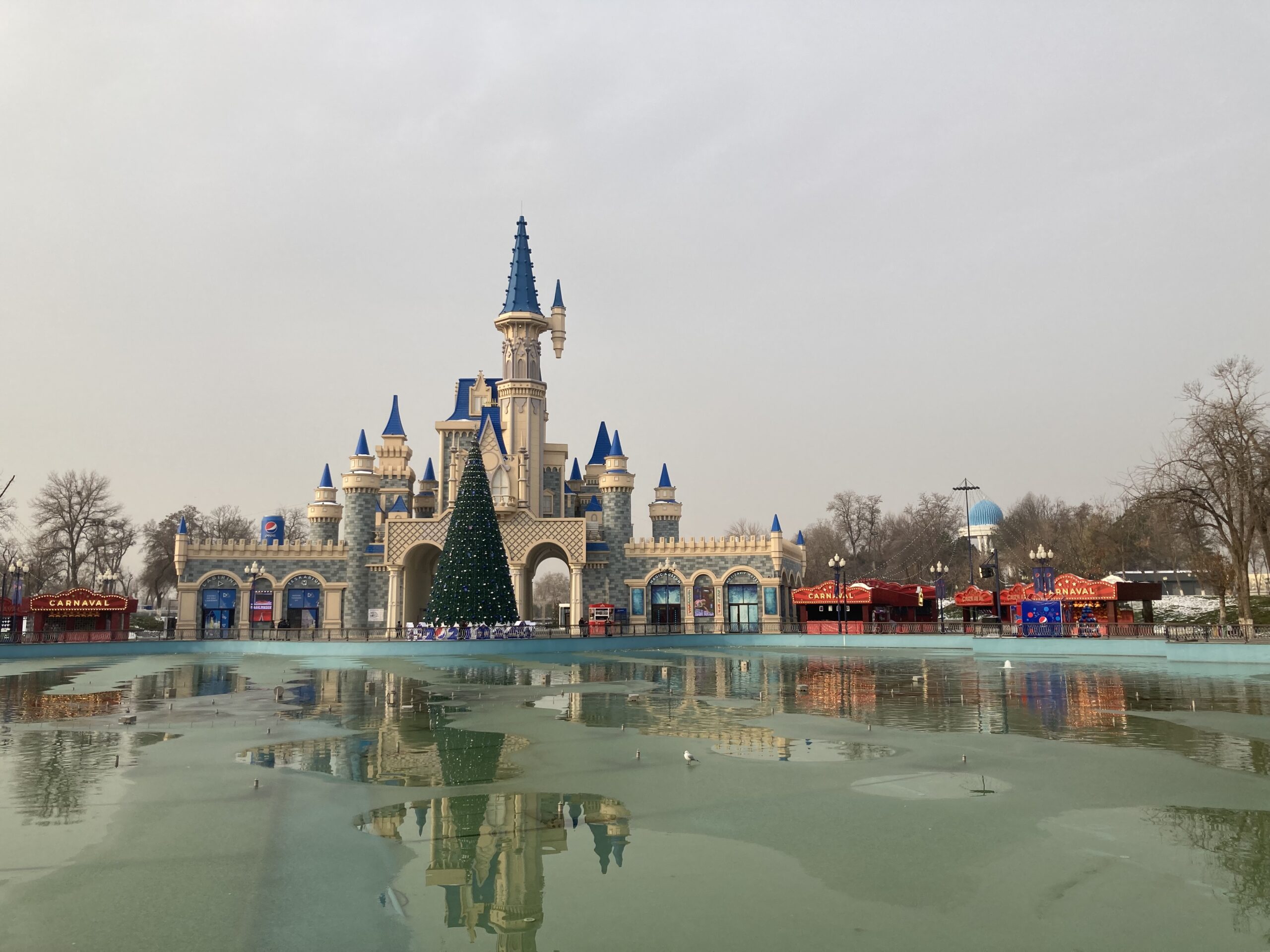
There is a fairy castle of sorts as the centrepiece of this park. It is free to enter, there are a lot of eateries and seemingly even more attractions to enjoy, so a visit would be worth it, especially if you have kids. Do keep in mind that all of these are novelties in this region, as the country built most of these in the last five years alone.
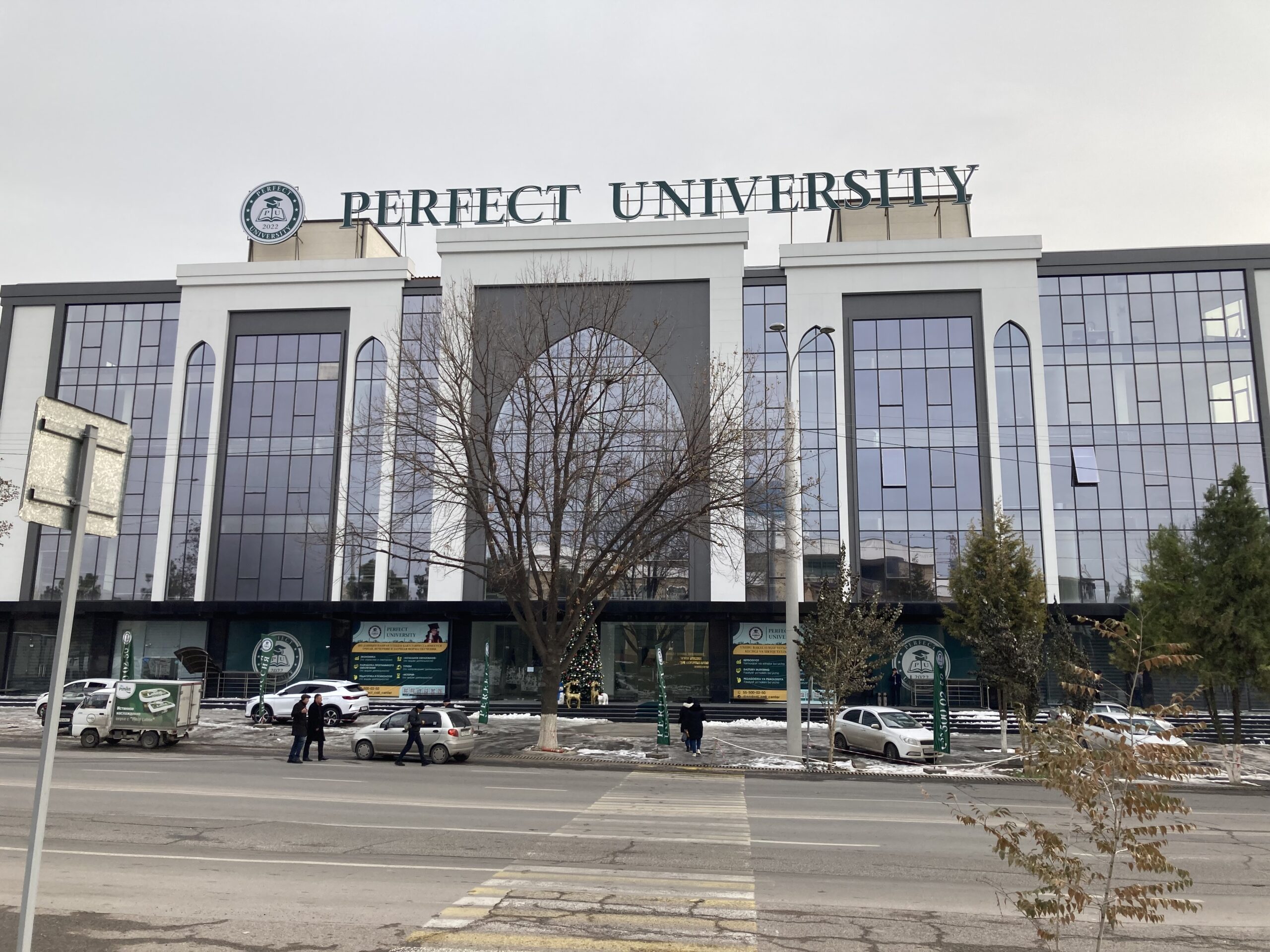
Of course, not all that is being built in Tashkent is built with the best of intentions. There are also a lot of new high schools and universities, which just aim to extract money from those poor souls who think they just need a higher degree diploma to have a better life… Quality education does not come as easy as building an apartment block and calling it the “Perfect University,” though it would be lovely if that was feasible.
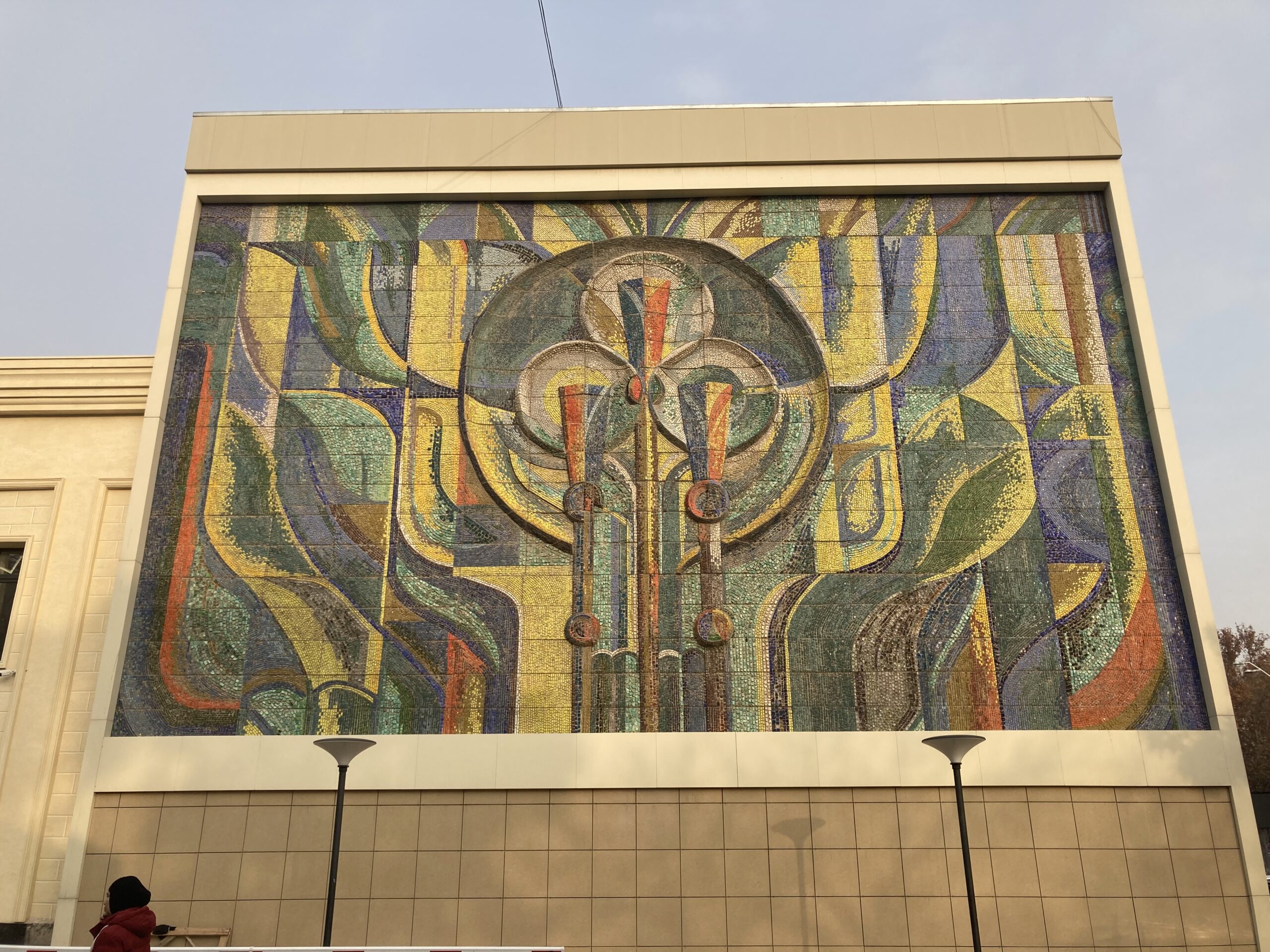
Ultimately, Tashkent today is a tale of change, above all else. You can still see remnants of the Soviet influence here, quite often actually. But even then, you will soon realize that a lot of them are being repurposed to adorn what one can refer to as centres of capitalism, the shopping malls that I really love to hate for more than one reason. I certainly enjoyed my time in Tashkent, but between the beauty and harmony one can find in cities like Bukhara, and the rather repressing atmosphere of the capital, I know that once I come back to Uzbekistan, I will spend all my time in said smaller yet more touristic towns of the country, giving Tashkent a pass, or stay for a night at best.
